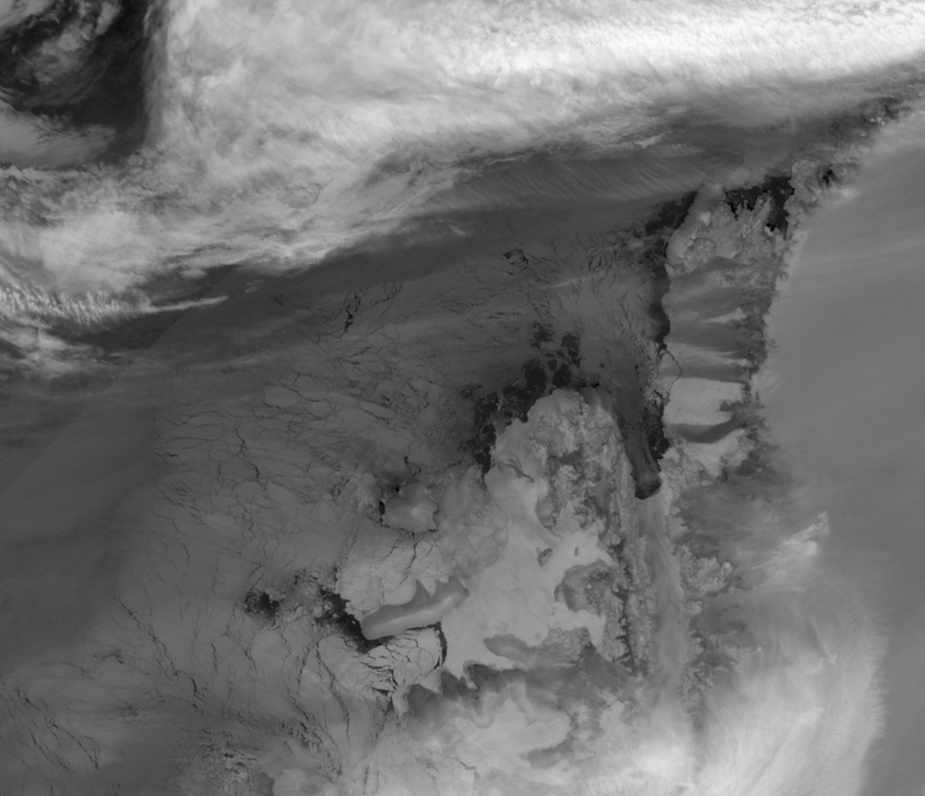Marion Nunataks on:
[Wikipedia]
[Google]
[Amazon]
 The Marion Nunataks are a small group of
The Marion Nunataks are a small group of
 The Marion Nunataks are a small group of
The Marion Nunataks are a small group of nunatak
A nunatak (from Inuit ''nunataq'') is the summit or ridge of a mountain that protrudes from an ice field or glacier that otherwise covers most of the mountain or ridge. They are also called glacial islands. Examples are natural pyramidal peaks. ...
s rising to about on Charcot Island
Charcot Island or Charcot Land is an island administered under the Antarctic Treaty System, long and wide, which is ice covered except for prominent mountains overlooking the north coast. Charcot Island lies within the Bellingshausen Sea, wes ...
, in the eastern Bellinghausen Sea
The Bellingshausen Sea is an area along the west side of the Antarctic Peninsula between 57°18'W and 102°20'W, west of Alexander Island, east of Cape Flying Fish on Thurston Island, and south of Peter I Island (there the southern ''Vostokkyst ...
of Antarctica
Antarctica () is Earth's southernmost and least-populated continent. Situated almost entirely south of the Antarctic Circle and surrounded by the Southern Ocean, it contains the geographic South Pole. Antarctica is the fifth-largest contine ...
. They form a 12 km chain of rocky outcrops on the mid-north coast of the island, stretching from Mount Monique Mount Monique is a mountain, about 600 m high, with a prominent rocky north face and ice-covered south slopes, at the western end of the Marion Nunataks on the north coast of Charcot Island in the east Bellinghausen Sea of Antarctica.
History
It ...
at the western end to Mount Martine
Mount Martine is a massive mountain, about high, with a prominent rocky north face and ice-covered south slopes, overlooking the north shore of Charcot Island, south of Cheesman Island, in the east Bellinghausen Sea of Antarctica.
History
It ...
in the east.
History
They were discovered and roughly mapped on 11 January 1910 by theFourth French Antarctic Expedition
The French Antarctic Expedition is any of several French expeditions in Antarctica.
First expedition
In 1772, Yves-Joseph de Kerguelen-Trémarec and the naturalist Jean Guillaume Bruguière sailed to the Antarctic region in search of the fabl ...
under Jean-Baptiste Charcot
Jean-Baptiste-Étienne-Auguste Charcot (15 July 1867 – 16 September 1936), born in Neuilly-sur-Seine, was a French scientist, medical doctor and polar scientist. His father was the neurologist Jean-Martin Charcot (1825–1893).
Life
Jean-Ba ...
, and named by him in association with Mount Monique and Mount Martine after his daughter, Marion. They were photographed from the air on 9 February 1947 in the course of the US Navy's Operation Highjump
Operation HIGHJUMP, officially titled The United States Navy Antarctic Developments Program, 1946–1947, (also called Task Force 68), was a United States Navy (USN) operation to establish the Antarctic research base Little America IV. The opera ...
and mapped from these photographs by D. Searle of the Falkland Islands Dependencies Survey
The British Antarctic Survey (BAS) is the United Kingdom's national polar research institute. It has a dual purpose, to conduct polar science, enabling better understanding of global issues, and to provide an active presence in the Antarctic on ...
in 1960.
Antarctic Specially Protected Area
Some 176 km2 of land encompassing the nunataks is protected asAntarctic Specially Protected Area An Antarctic Specially Protected Area (ASPA) is an area on the continent of Antarctica, or on nearby islands, which is protected by scientists and several different international bodies. The protected areas were established in 1961 under the Antarct ...
(ASPA) No.170 for its biological values. It includes two species of lichen
A lichen ( , ) is a composite organism that arises from algae or cyanobacteria living among filaments of multiple fungi species in a mutualistic relationship.moss
Mosses are small, non-vascular flowerless plants in the taxonomic division Bryophyta (, ) '' sensu stricto''. Bryophyta (''sensu lato'', Schimp. 1879) may also refer to the parent group bryophytes, which comprise liverworts, mosses, and hor ...
es rarely found so far south, as well as a complete lack of predatory arthropod
Arthropods (, (gen. ποδός)) are invertebrate animals with an exoskeleton, a Segmentation (biology), segmented body, and paired jointed appendages. Arthropods form the phylum Arthropoda. They are distinguished by their jointed limbs and Arth ...
s and Collembola
Springtails (Collembola) form the largest of the three lineages of modern hexapods that are no longer considered insects (the other two are the Protura and Diplura). Although the three orders are sometimes grouped together in a class called Ento ...
. It was the first ASPA site to protect a substantial representative area of the permanent ice cap
In glaciology, an ice cap is a mass of ice that covers less than of land area (usually covering a highland area). Larger ice masses covering more than are termed ice sheets.
Description
Ice caps are not constrained by topographical features ...
and nunataks of the southern Antarctic Peninsula
The Antarctic Peninsula, known as O'Higgins Land in Chile and Tierra de San Martín in Argentina, and originally as Graham Land in the United Kingdom and the Palmer Peninsula in the United States, is the northernmost part of mainland Antarctic ...
.
References
Nunataks of Palmer Land Antarctic Specially Protected Areas {{PalmerLand-geo-stub